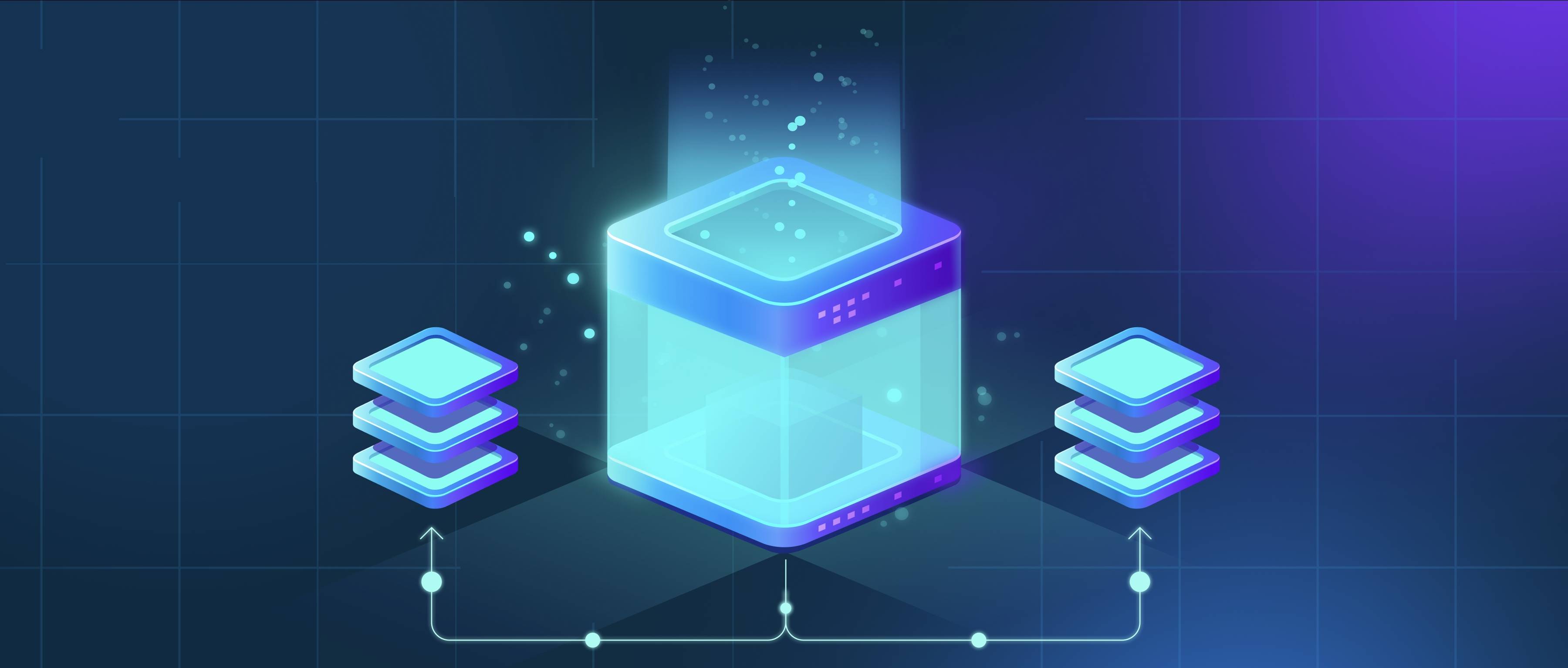Multi-agent systems enhance disaster response by allowing multiple autonomous agents to work together to gather information, coordinate actions, and make decisions in real-time. These systems can include a variety of agents, such as drones, robots, and software applications, each tasked with specific jobs. By collaborating, these agents can quickly analyze data, identify critical needs, and deploy resources, which is essential in the chaotic environment of a disaster.
For instance, in the aftermath of an earthquake, aerial drones can be deployed to assess damage from above, sending back real-time images of affected areas. Simultaneously, ground robots might navigate through rubble to locate survivors or deliver supplies. These agents can share their findings with a centralized command system that uses this data to prioritize actions, such as concentrating rescue efforts in areas with the most severe impacts. This cooperative behavior makes it possible to respond faster and more effectively than if each agent were acting independently.
Moreover, multi-agent systems can adapt to changing circumstances during a disaster. If new hazards arise, such as aftershocks or fires, the agents can re-route their missions or adjust their objectives based on this new information. For example, if a drone identifies rising smoke near a rescue operation, it can alert other agents to redirect resources away from that danger. This flexibility ensures that disaster response teams are always prepared to address the most urgent needs, ultimately saving more lives and resources.
